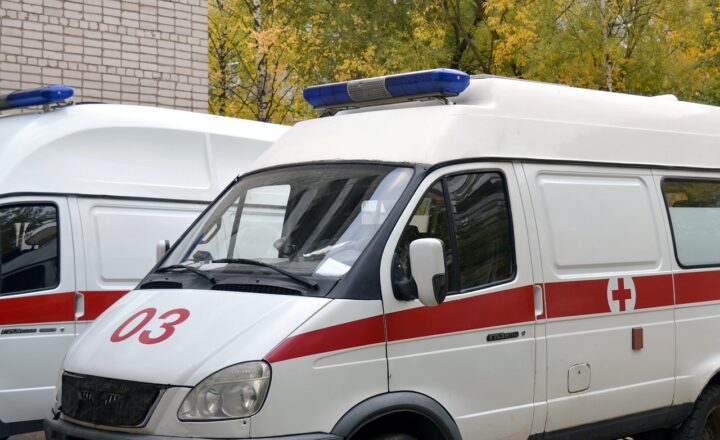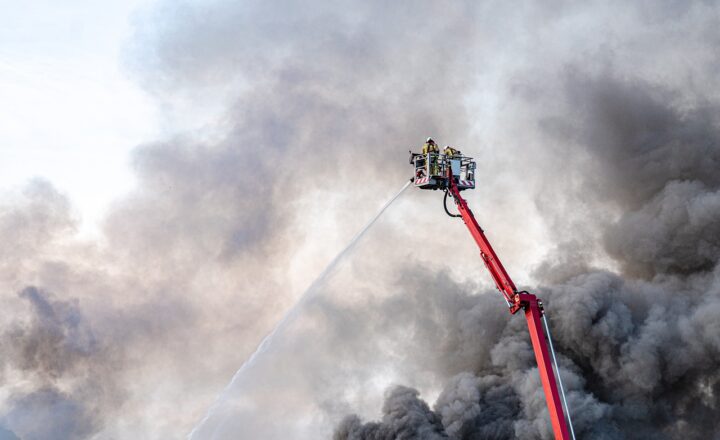Why Ambulances Are Often in High Demand and Short Supply During Major Events
November 13, 2024

Introduction
Major events such as concerts, sporting occasions, festivals, and public demonstrations often attract large crowds and generate significant excitement. However, among the thrill and spectacle lies a crucial concern: the demand for ambulances during these events is often high, while availability can be short. This article delves into the reasons behind the heightened demand for emergency medical services during major events and explores how organizations can mitigate potential shortages.
—
Understanding the Demand for Ambulances
Every year, countless major events are held globally, drawing in thousands, if not millions, of attendees. With such a significant number of people congregating in one area, the chance of medical emergencies escalates, leading to a direct increase in the demand for ambulances. The types of incidents that can occur include:
– Injuries: From slips and falls to more serious accidents, injuries are common in crowded environments. Fights, sports injuries, and heat-related ailments can also be prevalent.
– Medical Emergencies: Conditions such as heart attacks, strokes, and severe allergic reactions do not discriminate based on event size; they can happen at any moment, necessitating quick medical intervention.
– Substance Abuse: Events with high alcohol consumption or recreational drug use often lead to situations where individuals require medical assistance due to overdoses or severe intoxication.
—
Factors Contributing to Short Supply
While the demand for ambulances increases during major events, several factors can lead to a correlated shortage of available units:
1. Limited Resources: Many regions do not have an expansive ambulance fleet. If several ambulances are already deployed at the event to respond to emergencies, few are left for other concurrent incidents outside the area.
2. Inadequate Planning and Coordination: Successful large-scale events require meticulous planning, including adequate emergency services. However, insufficient communication and planning can lead to a lack of readiness for the potential medical needs of the crowd.
3. Environmental Challenges: Major events can lead to traffic congestion, resulting in delayed ambulance responses. Obstacles such as blocked roads and crowd control measures may prevent timely access to injured or ill individuals.
4. Volunteer Limitations: Some events rely on volunteer medical personnel, but limitations in their training and the number of available professionals can further strain resources during emergencies.
—
How Major Events Increase Demand for Ambulances
Several elements specific to events significantly affect ambulance demand:
#
A. Crowds and Density
In a confined space packed with attendees, accidents and medical incidents are more likely. Statistically, higher crowd densities correlate with increased medical emergencies.
#
B. Activity Levels
The nature of activities at events, particularly those that involve physical exertion, such as sports, can lead to heat exhaustion, dehydration, and injury, further raising the demand for emergency response.
#
C. Time Pressure
The rapid pace of large gatherings can exacerbate situations, leading to quick escalation of medical emergencies. For instance, a minor injury can quickly turn severe if not adequately and timely addressed.
—
Strategies for Managing Ambulance Supply During Events
To address the imbalance between the high demand for ambulances and their limited supply during major events, various strategies can be implemented:
1. Comprehensive Event Planning: Event organizers must collaborate with local health authorities and emergency services to create effective medical response plans, including the contingent deployment of ambulances.
2. Increased Accessibility: Having dedicated ambulance entry and exit points can speed up response times during emergencies. Clear signage and designated pathways can assist in navigating through large crowds.
3. Use of Technology: Incorporating tech solutions, such as mobile apps that allow real-time tracking of ambulance locations, can significantly improve response times and resource allocation.
4. Medical Volunteers: Training more medical volunteers or increasing the number of first-aid stations can supplement the limited ambulance resources during events. Quick on-site treatment can alleviate the need for transportation to hospitals.
5. Public Awareness Campaigns: Educating the public about safety measures during events, including the importance of hydration and first-aid practices, can lead to fewer medical emergencies overall.
—
Conclusion
Ambulance services are undeniably vital during major events, where the combination of large crowds and elevated activity levels can lead to a spike in medical emergencies. Understanding the factors contributing to the demand for ambulances, along with proactive efforts in planning, can potentially alleviate shortages and enhance medical response in these high-stakes contexts. Through cooperation, communication, and education, we can ensure that safety remains paramount at every large gathering.
—
Call to Action
If you’re an event organizer, now is the time to develop a robust emergency response plan for your next gathering. Prioritize communication with local health services and make the necessary arrangements to ensure public safety. Let’s make every event a safe experience!
Tags
– ambulances in demand
– event safety
– emergency medical services
– major events and health
– crowd management
– public health emergencies
—
Meta Description
Discover why ambulances are often in high demand and short supply during major events. Understand daily operations, challenges, and solutions for effective emergency medical response.
—
SEO Focus Keyphrase
Ambulances in high demand during events
Pixabay Image Prompt
“ambulance at major event”








